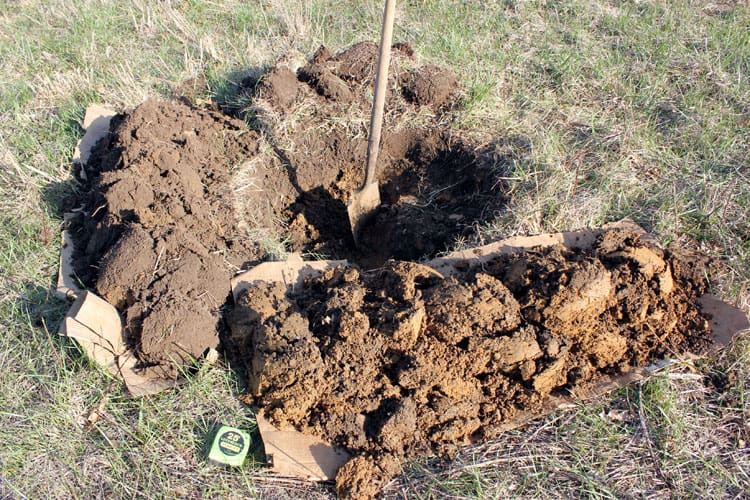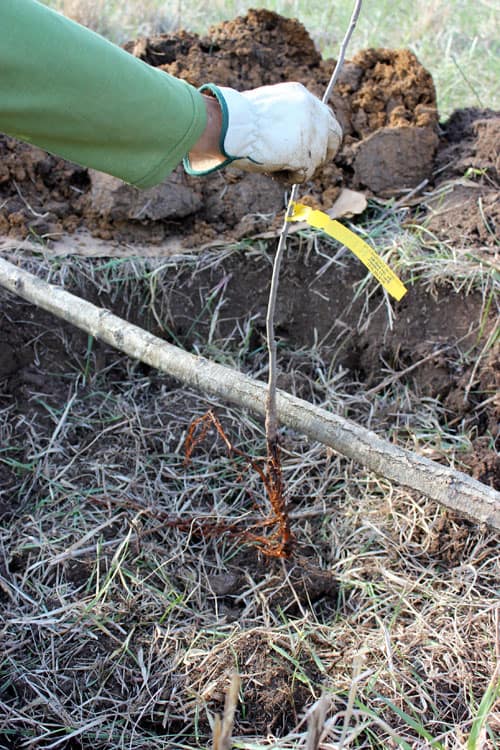Start your own orchard
04/15/2016 / By usafeaturesmedia

(Homesteading.news) This isn’t a project that will – pardon the pun – be fruitful in the short term, but longer term, growing your own orchard, if you have some space to do so, will prove to be one of the best decisions you make in terms of gaining more food security and fresh produce for your family. It is certainly a great investment for your food future.
Planting fruit trees is not as easy as it may seem, though, because there are a number of things you must consider. You have to select the right kind of trees for your area; you need to make sure there is enough space between them so they can thrive; and you should study up on orchard management (here’s a good resource to start with).
As for deciding what fruit trees and bushes to plant, here is a good resource for that.
There is an expression in the orchardist community that says, “Buy a $5 tree but dig a $50 hole.” So, once you’ve got your orchard laid out, so to speak – you should mark your digging sites with a stake so you can get a rough idea of how it will look – it’s time to begin planting.
— Generally speaking, you should dig each hole about 2-3 feet wide and about 2 feet deep. Some suggest laying down pieces of cardboard next to the hole so you can place your fill dirt on it; that’ll make it easier to put the dirt back in the hole when it comes time to cover the tree roots. Do not prune the roots to fit the hole; instead, dig the hole to fit the roots.

— When it comes time to put the tree in the ground, lay a straight stick astraddle the hole, to make it easier to determine the sapling’s proper depth.

— Once you’ve determined the proper depth at which to plant, begin refilling the hole with dirt. Refill with sod first, topsoil next and then the subsoil.
— Water. Mulch/compost. Water about once a week (unless it rains).
“Many gardeners recommend the use of compost in the planting hole to improve root regeneration and initial growth,” says the Michigan State University Extension. “Make sure that the compost is aged and avoid green vegetation when working soil. Do not fertilize trees at planting time. Instead, if a grower needs and wants healthy growth, wait until May or June when trees have begun to grow. Use a balance fertilizer with light amounts to avoid burning roots (particularly a problem in sandy soils).”
For specifics, here is a great video explaining the fruit tree planting process:
Now, as we said, this is a long-term investment; it’ll take a number of years before your trees are mature enough to bear fruit. Here is a good guide showing how long it takes specific fruit trees to mature.
Homesteading.news is part of the USA Features Media network. Follow us on Google+.




















